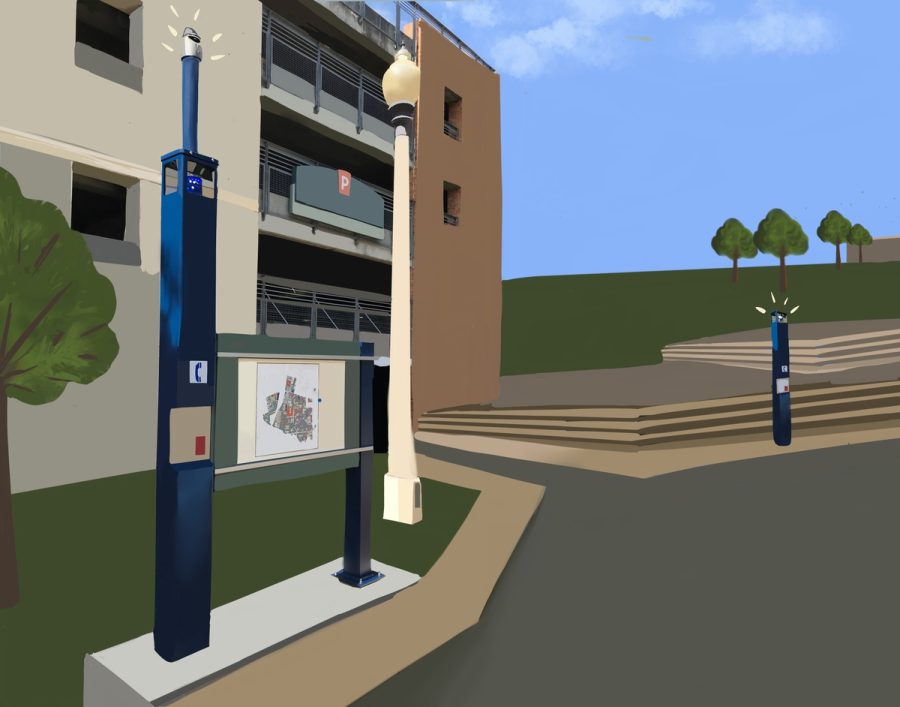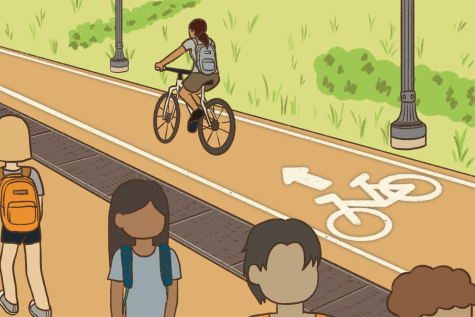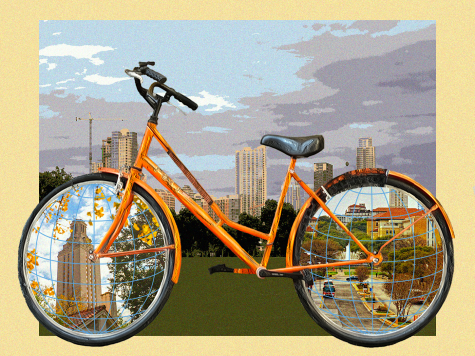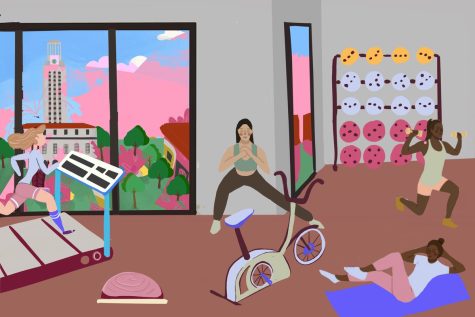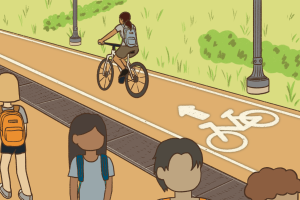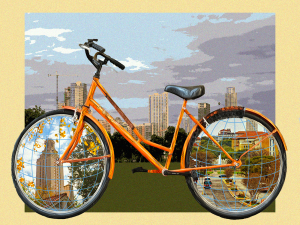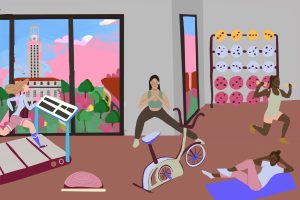Install more emergency call boxes along edges of campus
October 30, 2022
Before arriving at UT, I was concerned to hear numerous stories about petty thefts, robberies and aggravated assaults in Austin. While the University offers safety services like emergency call boxes to aid in such situations, this service is inadequate due to the disproportionate location of call boxes, which hampers students’ access to vital safety services.
UT should install more emergency call boxes along the edges of campus, such as on Guadalupe Street, Dean Keeton Street and Martin Luther King Jr. Boulevard to expand campus safety networks.
Emergency call boxes allow distressed students to contact UTPD with just one button. Although UT has already installed more than 300 call boxes, there are more in central campus locations than on the streets bordering campus. Areas along Guadalupe, Dean Keeton and MLK Jr. Boulevard remain dangerously excluded.
Zayaan Rahman, a computer science freshman, emphasized UT could play a bigger role in student safety.
“I have had those experiences where I think UT could step in a bit more on the edge of campus,” Rahman said. “I agree that there is much more of a need for UT to extend their (safety) services … with call boxes.”
Past months have seen significant upticks in off-campus crime. Now more than ever, UT needs more emergency call boxes — particularly near the edges of campus.
Veronica Trevino, Assistant Director for Issues Management at Financial and Administrative Services, described the University’s approach towards designating new call boxes.
“Both the Office of Campus Safety and UTPD value the feedback of the campus community to help ensure safety measures and resources are in place and will continue to look at areas where new call boxes may be needed,” Trevino wrote in an email. “For some types of call boxes on campus, consideration of power and data connection is also a deciding factor.”
Some critics assert that call boxes are obsolete since smartphones already have emergency service access. Others point to reports that show students rarely utilize UT’s emergency call boxes to report emergencies.
Both points, which criticize call boxes’ high maintenance costs, are somewhat misleading. While it’s true that mobile phones are commonly owned, these devices may not be within arms’ reach or charged during an emergency. As for the lower reporting rates: the mere existence of a call box can deter crimes from occurring in the first place.
Call boxes provide invaluable last-resort options for life-threatening emergencies. While they may be rarely used, even one person helped through a call box is one emergency averted.
“I would say that to make (emergency call boxes) more effective, we should not think to get rid of them, but rather make them more effective by making them more obvious to people,” Rahman said.
UT should install more call boxes along Guadalupe Street, Dean Keeton Street and MLK Jr. Boulevard. In worst-case scenarios, these call boxes could maximize emergency service accessibility for students near campus borders. In best-case scenarios, they could ward off potential criminals.
Despite their admittedly low use and high cost, call boxes are worth expanding to campus boundaries. By installing more emergency call boxes along the edges of campus, the University can bolster the safety of its student body.
As Rahman said, “People need these emergency call boxes just as a centralized, easy-to-locate place to make an emergency call.”
Gokhale is an undeclared business freshman from Allen, Texas.

